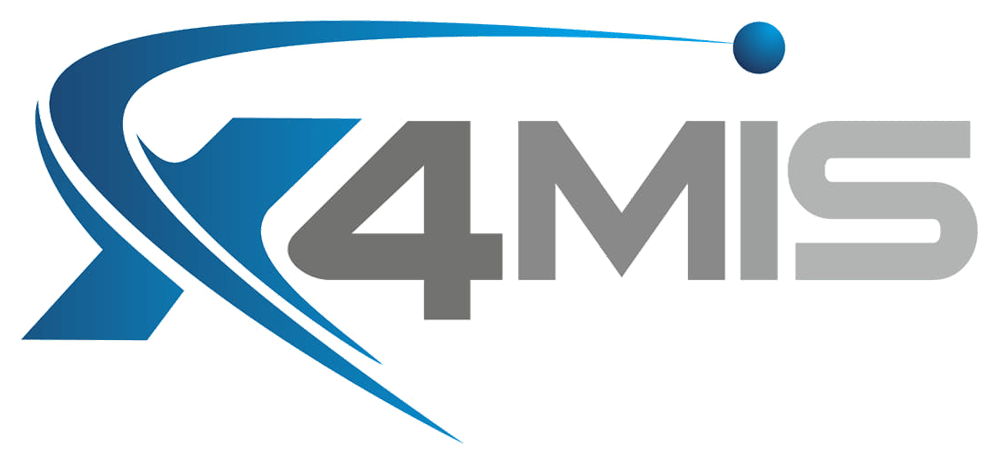Capture the Stories Exercise
Capture the Story
Written by Timothy Lopez
What is Capturing the Stories?
Capturing the story is about understanding and defining how things are done around here, what's happening now, and the direction to move in to achieve the required future state. The old and new stories are used to identify and analyse the change people will make for the Transformation Initiative. Capturing the story is like process mapping, as it serves to create blueprints for the way things will be done and to ensure necessary experiences are not overlooked, the difference being:
- Process mapping analyses the tasks that roles perform and steps to complete each task
- Stories focus on analysing antecedents, behaviours, and actions of people, then defining optimal future state behaviours & efficiencies.
Note: Antecedents in this context, an antecedent is an event or condition that describes what or how things must be done before the start of a process or next step.
It could be a trigger, a cause, a guide or instructions that sets the requirements before things are in motion. At the simplest level a road sign, stop, give way, or road works is an antecedent. It's the instruction before you take the next action, driving forward.
The process is usually completed early in the Change Management Cycle, and the new way of working message is used in communications to support the Transformation Strategy and Business Goals. It can, however, be used independently at any time using the Template below.
Why is it important to Capture the Stories?
It is crucial to have a good understanding of the way things are currently being done and to define the new way things will be working, to understand the improvement and opportunities. Capturing and sharing the new way things will be done, ensures all stakeholders are on the same page and everyone knows what needs to be done and why. It can proceed independently of other project activities but can also occur in parallel with any planned business process mapping. Both will seek to achieve efficiencies through the project. While the process mapping phase defines how to complete the new process, analysts who complete the mapping can specify which experiences and people should best be interviewed for their stories.
One benefit of capturing the activities together is it identifies behaviour improvement opportunities in parallel with process improvements and how they may optimise each other to achieve the programme objectives. Additionally, operational errors can be avoided by identifying factors contributing to quality issues.
Example Questions - The Current Story
For each interview, choose the following questions that best fit with your organisation and Transformational Initiative:
- Why is this job or process important?
- What’s the culture of the team that performs this job? How is the team culture compared to the company culture and values?
- What are the existing company or team stereotypes?
- What do you believe is the most crucial part of your job?
- What motivates you or the team in the workplace?
- Are their existing behaviours which are inappropriate or unacceptable?
- Can employees quickly identify and reach others in the organisation who might be able to help them with a challenge?
- Are there clearly defined key performance indicators, and are they measured?
- Are there activities or processes which take too long? Where is the most time be spent?
- Are there any bottlenecks? Are there any unnecessary activities and processes? What could be automated or made more efficient by software?
- Is employee engagement actively managed and measured?
- What would customer feedback, both positive and negative, look like?
- Do managers provide feedback, positive or negative? How is it delivered, and what is that like?
- Are you empowered to speak up when things are not right? Is it OK to point out problems or concerns?
- What happens when there is a failure? Do you keep it quiet, avoid communicating issues, or is it OK to learn from mistakes?
Example Questions - The New Story
For each interview, choose from the following questions that best fit your organisation and Transformational Initiative:
- What attributes and behaviours will be different in the new world? How will the new culture be demonstrated?
- What is one area that can improve? What qualities and skills do you think an employee should possess for improvement to occur?
- What would customer feedback look like in an ideal future?
- Are work expectations documented or communicated, and are they reviewed?
- What is the most creative idea you’ve had for making the job better?
- What additional training or quality improvement process should be implemented? What strategic or business priorities should the team focus on? Is there anything we could improve?
Steps to capture the Stories
1. Identify the work areas and process to be interviewed.
Select business areas and processes that have important stories to tell. Use your stakeholders to brainstorm and define what or where is most important, then prioritise these for interviews.
2. Plan the interviews, including the communications
It is common for multiple individuals to work in an investigation area, ideally encouraging as many people as possible to participate in defining the stories. Communicating the why and how of the interview is critical to success. Individuals must understand the interview focus is on future improvements for the planned Transformation Project technology, process or strategy. Comments are confidential. Names are not recorded, only the current ways of working. Their feedback will help to define the new way of working.
3. Capture the current way of working – interview the stakeholders
Ask the selected questions. Motivate stakeholders to actively share since they understand the existing issues and opportunities better than anyone. Document the responses to the chosen questions to create the current story. Determine inputs and outputs which affect the overall quality and satisfaction of the job.
4. Write the new story.
Ask the selected questions, seek feedback and suggestion on how & why people will work together in the future, and identify points for improvement.
5. Create the message and communications
Create a new way of working message to be used in communications to support the Transformation Strategy and Business Goals.
Cause and effect
While not included in this activity, a cause and effect diagram is another optional process to understand and define the current role and how it works. It is a tool that helps identify, sort, and display possible causes of a specific problem or quality characteristic. It is also known as a "fishbone" or "Ishikawa" diagram. This type of diagram emphasises the relationship between an effect and its potential causes. An advantage of this tool is that it helps identify possible causes of a problem and sorts them into meaningful categories.
- Brainstorm possible causes of the problem or quality characteristic with a group.
- Write down each possible cause on a separate "bone" coming off the main "spine" of the diagram.
- Classify related causes into categories.
- Analyze the data and identify possible root causes.
Next, identify specific issues and errors in the existing process that you want to address with your changes. Once you understand what needs to be changed, develop a new process that eliminates these problems.
Compose the Change
Browse by Categories

Free On-Line Change Management Methodology that enables individuals and organisations, especially those previously without access to effective change management programmes, to deliver more effective community and country programmes which improve prosperity and save lives.
QUICKLINKS
TRAINING LINKS
LATEST POSTS




